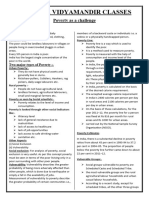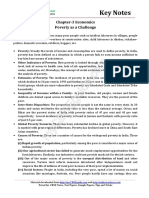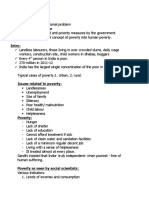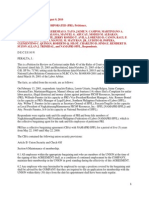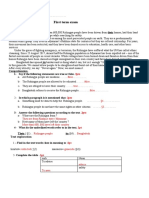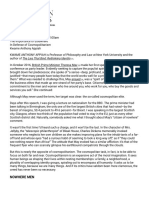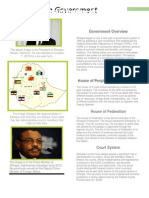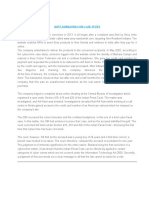0% found this document useful (0 votes)
17 views5 pagesPoverty Notes
The document is about the notes of 9th class chapter of poverty notes
Uploaded by
guptagaynaCopyright
© © All Rights Reserved
We take content rights seriously. If you suspect this is your content, claim it here.
Available Formats
Download as PDF, TXT or read online on Scribd
0% found this document useful (0 votes)
17 views5 pagesPoverty Notes
The document is about the notes of 9th class chapter of poverty notes
Uploaded by
guptagaynaCopyright
© © All Rights Reserved
We take content rights seriously. If you suspect this is your content, claim it here.
Available Formats
Download as PDF, TXT or read online on Scribd
/ 5










